Rising Seas: A Looming Crisis Far Bigger Than We’re Told?
Talk about rising sea levels usually feels like a far-off worry—something for future generations to fret over.
But what if the threat is already here, quietly worsening, while the real danger is being glossed over? Some experts argue that the increasing floods and sinking soils in coastal cities aren’t just climate hiccups but symptoms of deeper environmental neglect and systemic failure.
With millions at risk of displacement by 2050, the pressing question is: Are governments and corporations truly ready to confront this crisis, or is there a deliberate effort to keep the public in the dark about what’s coming?

Table of Contents
1. Bangkok, Thailand

Bangkok isn’t just battling rising seas—it’s sinking beneath its own feet. Losing around three centimeters of ground each year, the city’s soft soil is compacting under the strain of over-extracted groundwater and relentless construction. This dual threat of subsidence and sea level rise has made flooding a seasonal ordeal, overwhelming drainage systems. Without urgent reforms and infrastructure upgrades, large swaths of Bangkok could be submerged by mid-century, turning this bustling metropolis into a modern-day Atlantis.
2. Venice, Italy
Venice, the city of canals and romance, faces a slow-motion disaster. The city’s foundations are gradually sinking, exacerbated by human activity and rising tides. Flooding, once a seasonal nuisance known as “acqua alta,” has become alarmingly frequent and destructive, threatening Venice’s historic beauty and cultural heritage.
The ambitious MOSE flood barrier project promises protection, but doubts linger over its long-term success. Venice’s plight is a haunting reminder of how delicate cultural treasures are in the face of environmental change.

3. Ho Chi Minh City, Vietnam
Expanding rapidly but perched on fragile swampy ground near the Mekong Delta, Ho Chi Minh City is highly vulnerable. Its persistent floods stem from a deadly combination of sea level rise and sinking land caused by excessive groundwater use. By 2050, nearly a fifth of the city could regularly flood during high tides. Despite government efforts at flood defense and urban planning, the scale of the problem challenges even the most optimistic projections, underscoring the climate risks facing fast-growing cities in the developing world.
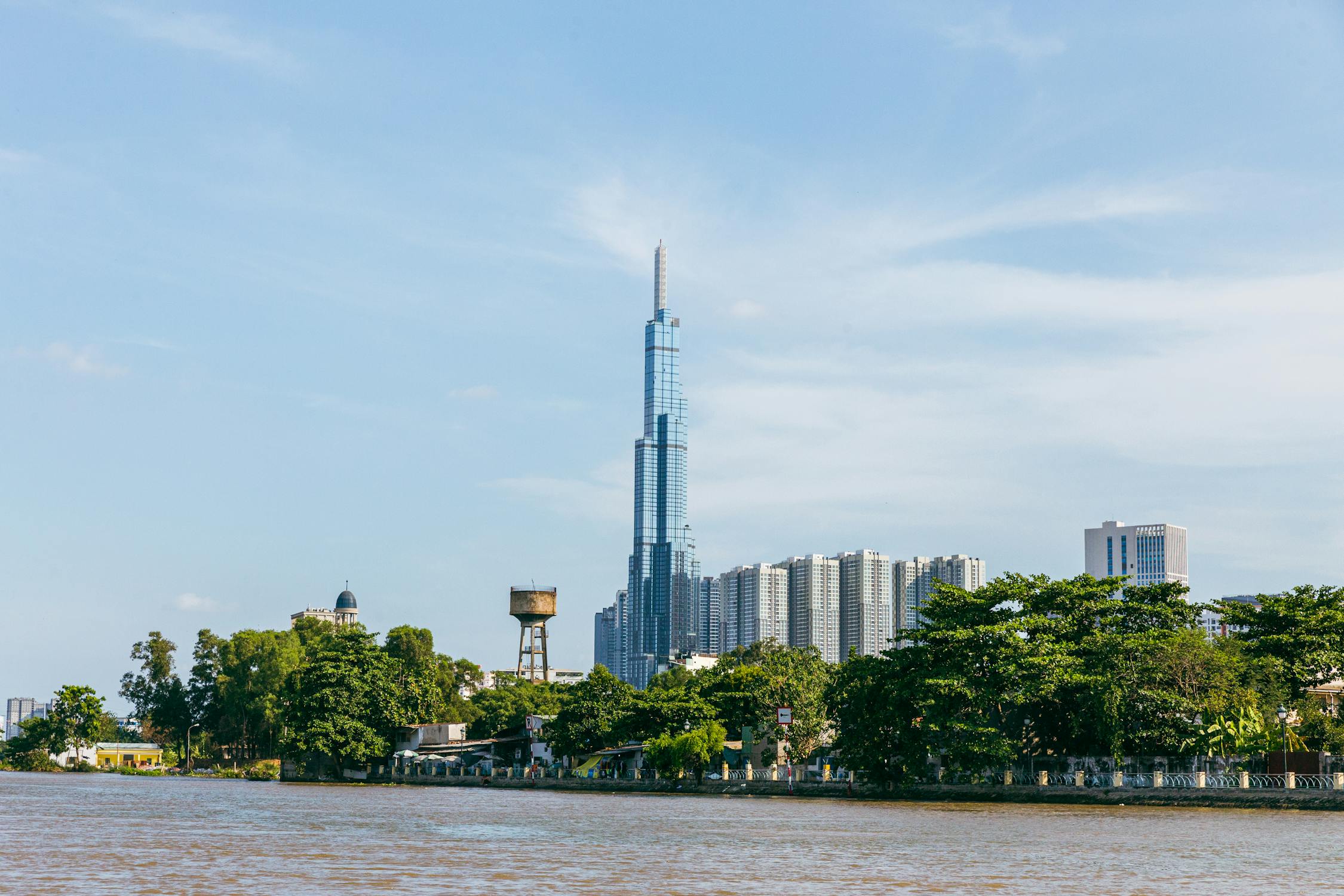
4. Male, Maldives
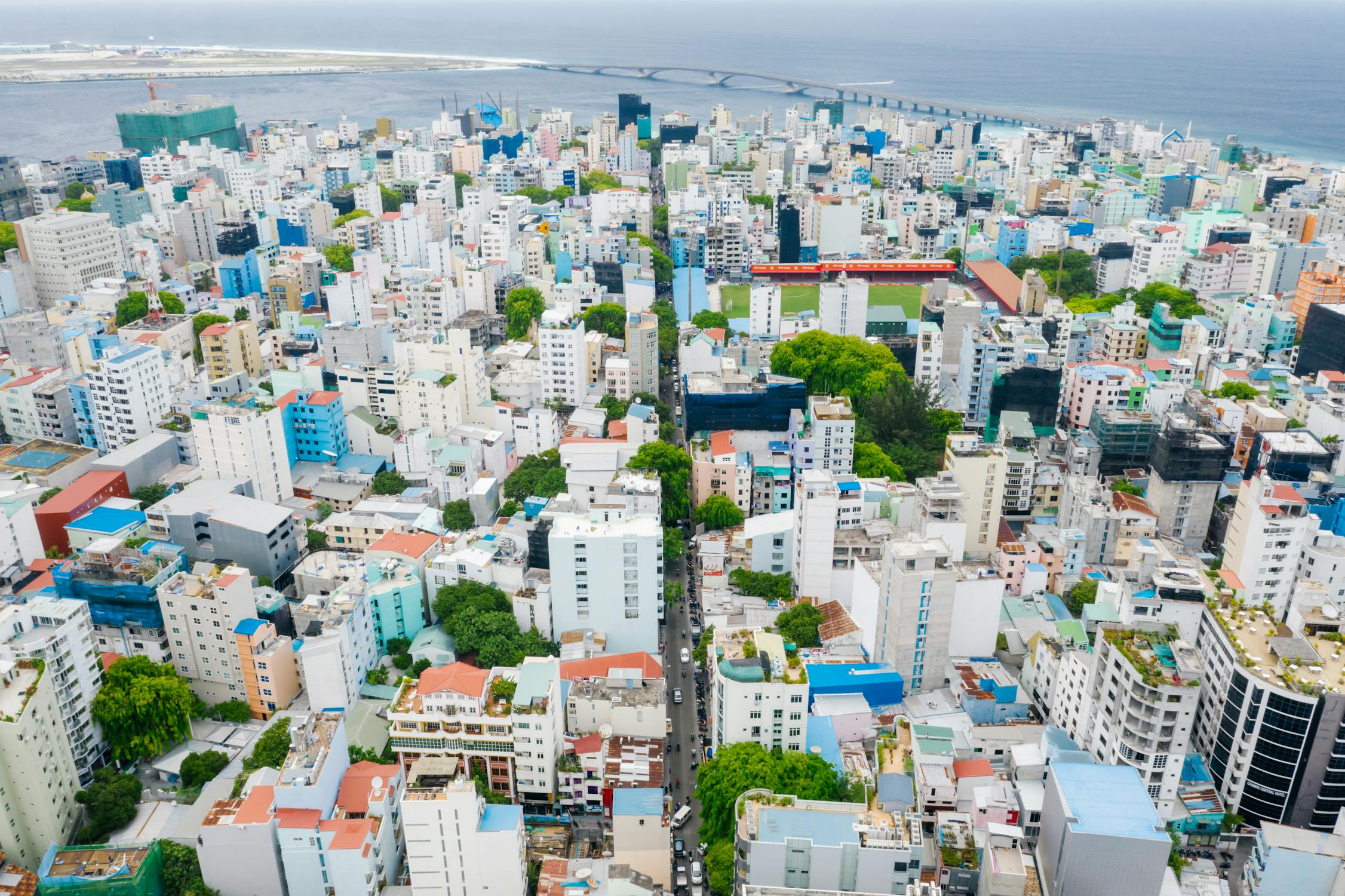
The Maldives is on the front lines of the climate crisis, with most islands barely rising above the ocean’s surface. The capital, Male, is especially exposed to flooding and storm surges. Projections suggest that if current trends continue, many islands could vanish within decades, forcing thousands to abandon their ancestral homes.
The government has pushed for global climate action and experimented with artificial islands and sea walls, but the situation remains dire. Male’s story is a stark call for urgent worldwide cooperation to preserve vulnerable island nations.
5. Miami, United States
Miami faces a creeping threat that’s invisible but relentless. Built on porous limestone, seawater seeps into underground aquifers, causing flooding on bright, sunny days without any storms—a phenomenon dubbed “sunny day flooding.”
Rising sea levels forecast inches more water by 2050, putting the city’s infrastructure and booming real estate market in jeopardy. While costly engineering projects like pumps and elevated roads aim to stave off disaster, many experts warn that these are only temporary solutions in a battle Miami may eventually lose.
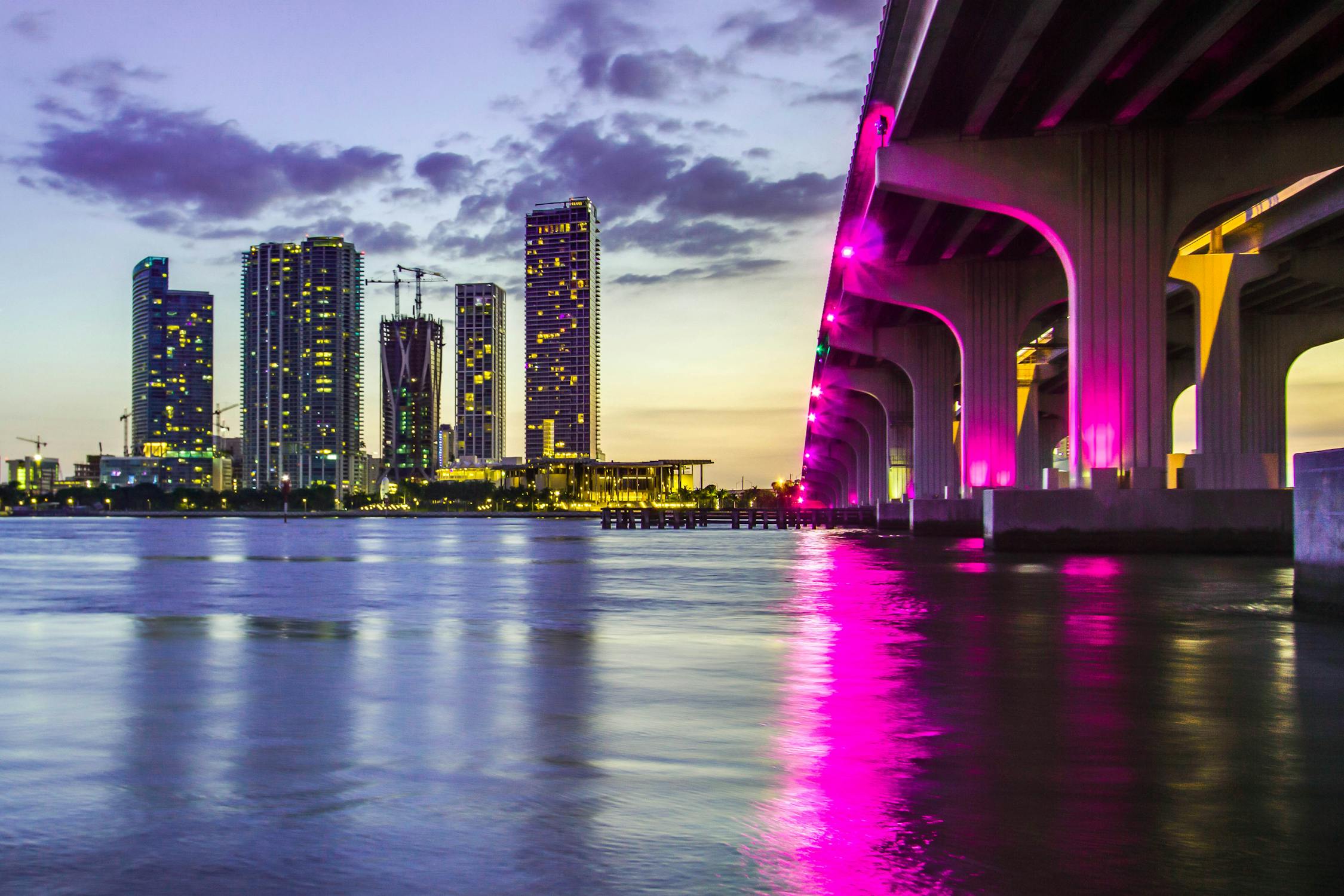
6. New Orleans, United States
New Orleans, sitting largely below sea level, knows flooding better than most. The memory of Hurricane Katrina still looms as a chilling warning of what rising seas and stronger storms can unleash. Although levees have been reinforced and wetlands restored, the city remains on the frontline of climate risk. Land subsidence intensifies the threat, making floods more frequent and severe. New Orleans embodies the challenge of protecting vulnerable urban centers in an era of climate uncertainty.
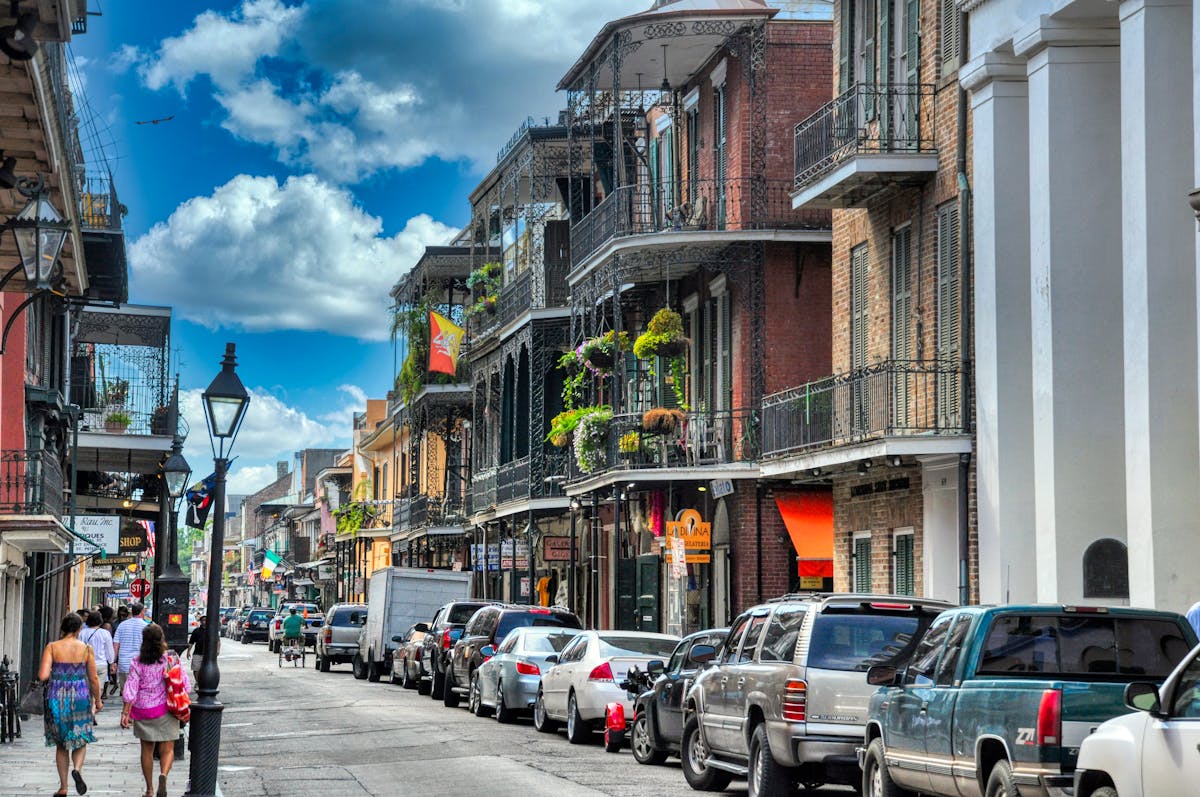
7. Kolkata, India
Nestled near the Bay of Bengal, Kolkata faces a triple threat: rising seas, stronger cyclones, and heavy rainfall. Its dense population and antiquated drainage systems amplify its vulnerability to flooding, which climate change has only worsened. By 2050, regular flooding could become the norm, impacting millions. Efforts to bolster defenses clash with rapid urban growth and widespread poverty, highlighting the complex socio-economic hurdles in climate adaptation for developing megacities.

8. Shanghai, China
Shanghai, a global economic powerhouse, is fighting a slow sinking battle. Built on a delta, the city’s land is compressing due to groundwater extraction and construction, worsening the effects of rising seas. Massive investments in seawalls and drainage infrastructure provide some protection, but many experts remain skeptical about their sufficiency by mid-century. Shanghai’s fate is tied not just to local planning but to the global economy, underscoring how critical resilient urban design is for major hubs.
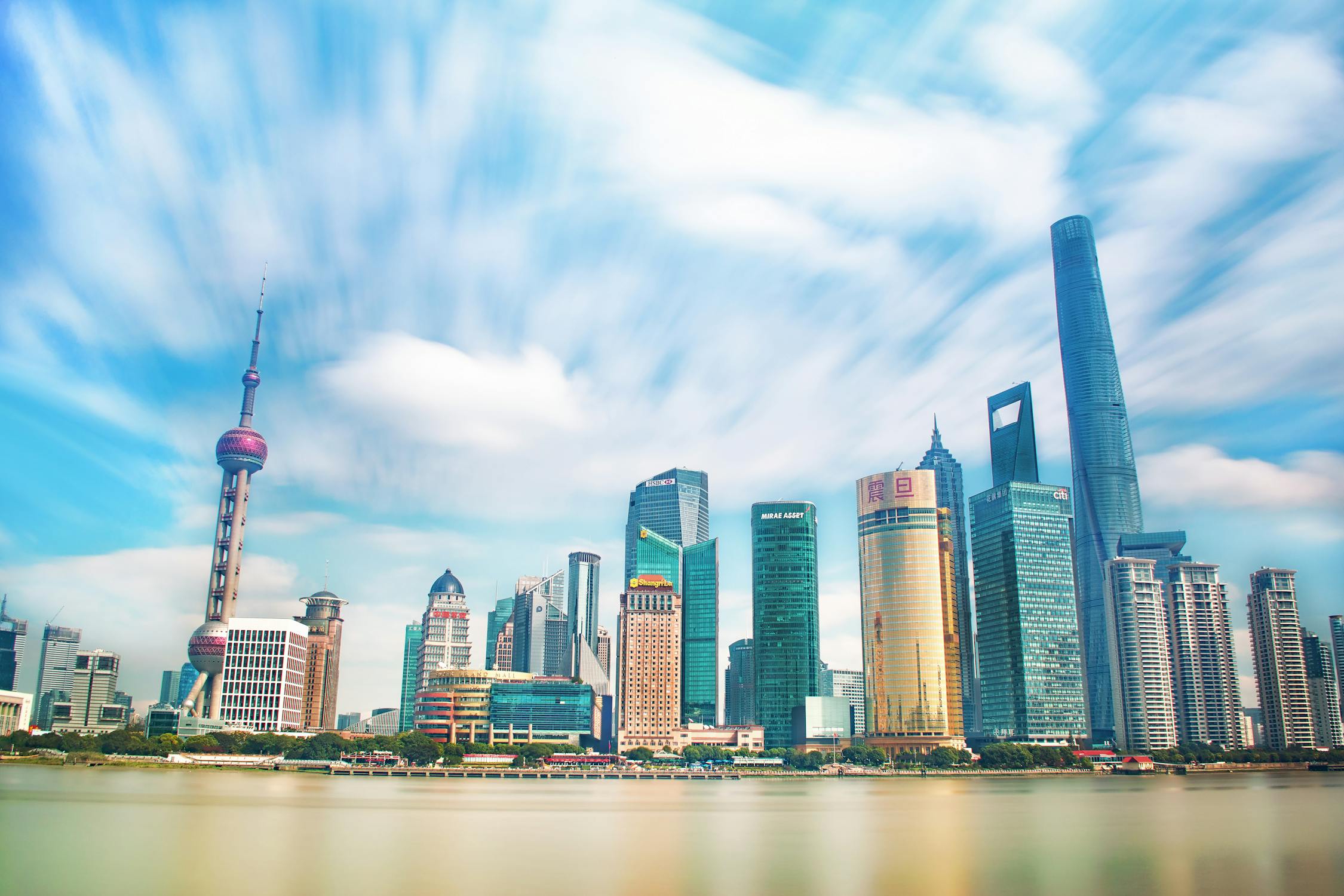
9. Amsterdam, Netherlands
Known worldwide for its cutting-edge water management, Amsterdam is a shining example of human ingenuity. Dikes, pumps, and innovative engineering have kept this low-lying city dry for centuries. Yet, even here, rising seas demand new thinking. Scientists warn that without continued upgrades and adaptive strategies like “room for the river” projects—which intentionally allow some flooding to protect other areas—Amsterdam could face unprecedented challenges by 2050. It’s a reminder that no place is completely immune to climate impacts.
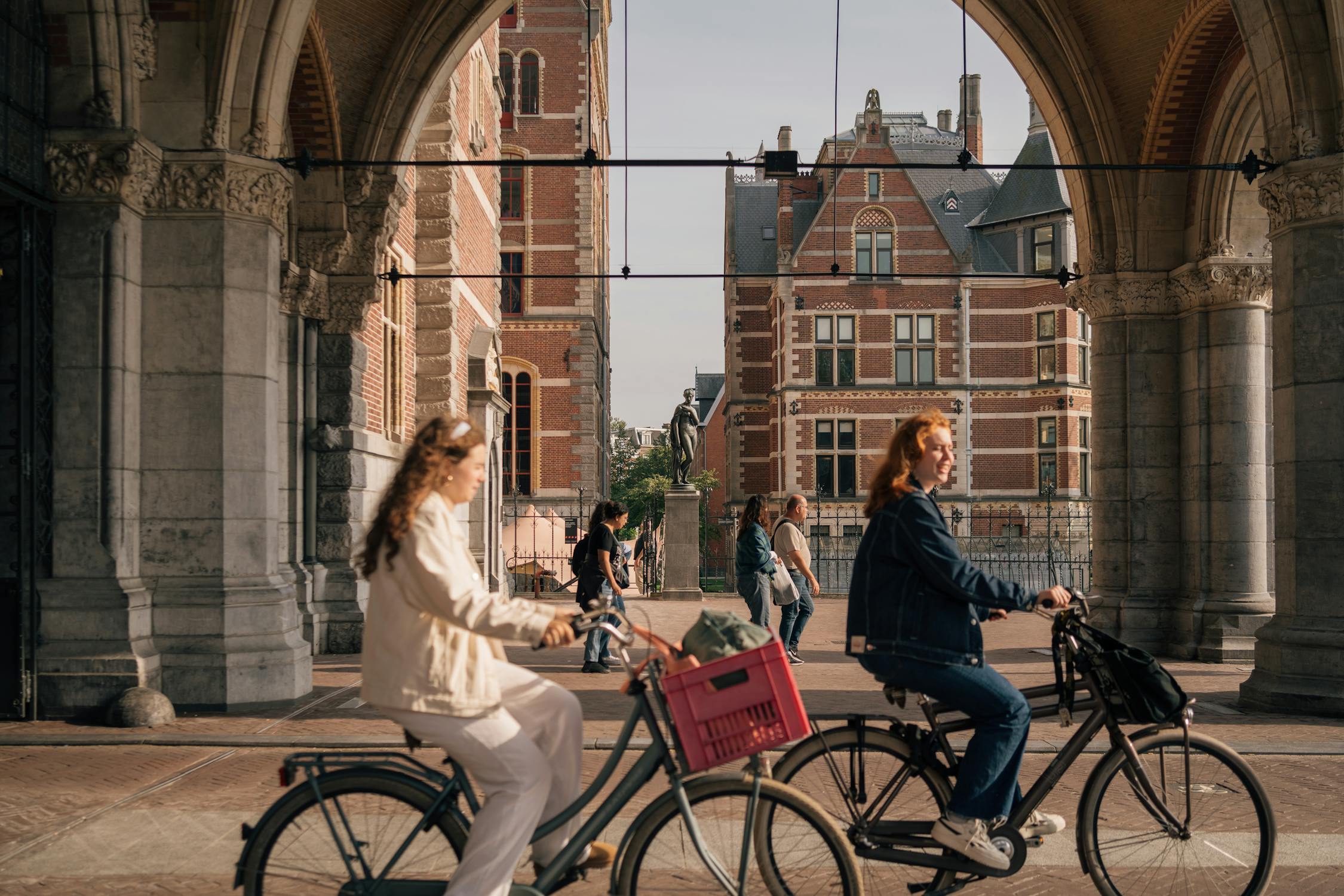
10. Peterborough, United Kingdom
Though not directly coastal, Peterborough’s position near multiple rivers makes it vulnerable to flooding intensified by rising sea levels and heavier rainfall. Increased river flows and tidal influences test the city’s flood defenses, which require ongoing enhancement. Climate adaptation plans focus on smarter drainage and natural flood barriers, but without sustained commitment, the risk of damaging floods will grow. Peterborough’s case reveals that flood threats are not just a coastal problem but extend well inland.

conclusion:

Rising seas and sinking lands pose an urgent, complex threat to cities worldwide. From megacities swelling on soft soil to island nations teetering above the waves, the risk of catastrophic flooding by 2050 is very real. While some cities invest heavily in defenses, others struggle with limited resources and rapid growth. The stakes are high: infrastructure must be modernized, urban planning must embrace resilience, and greenhouse gas emissions must be cut dramatically to slow climate change. By identifying the most vulnerable urban areas, resources and innovation can be better targeted.
Protecting communities from the encroaching waters will demand unprecedented cooperation, bold action, and a long-term vision for living with climate change—not just fighting against it.
